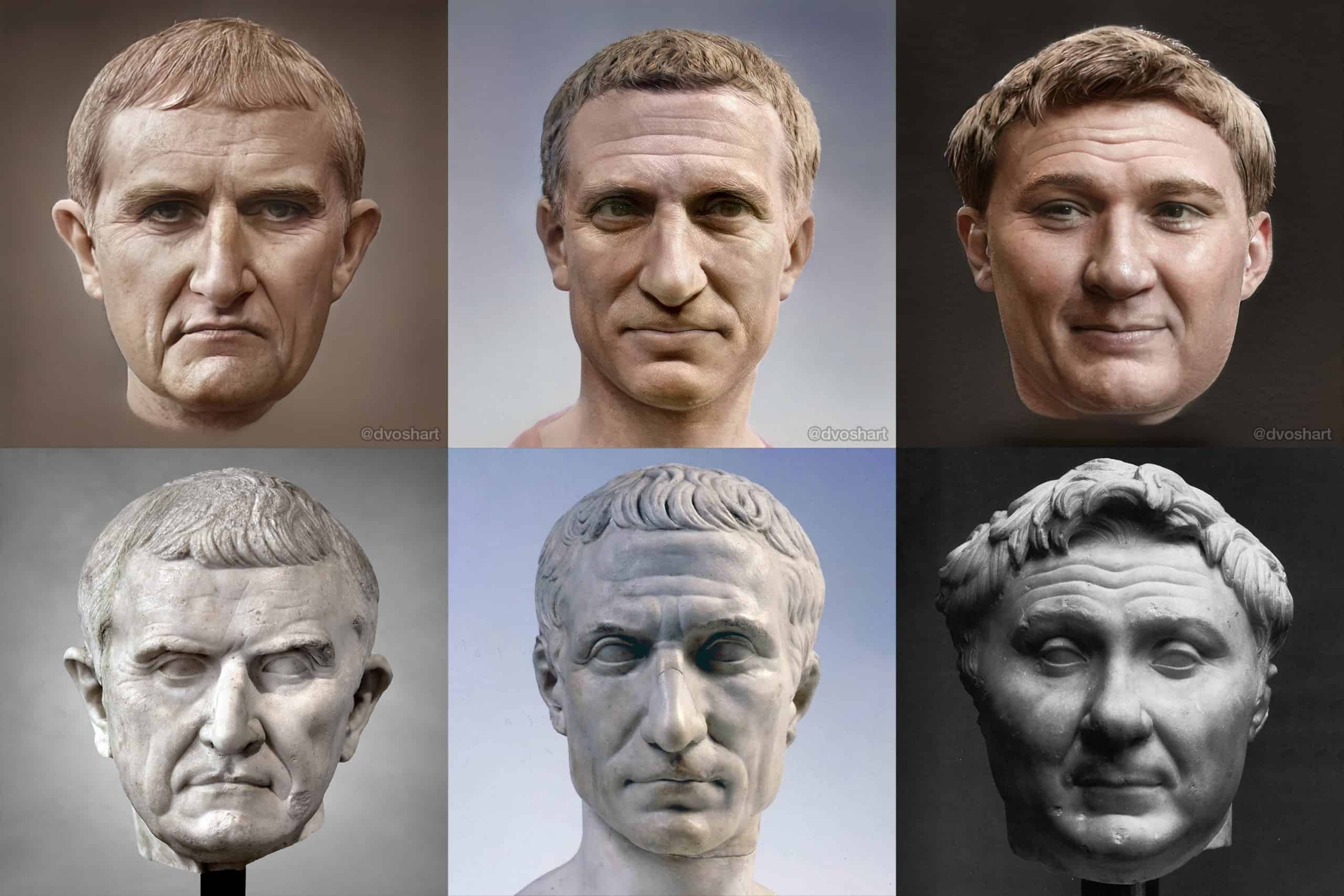You have a favorite historical figure, such as St. Nicholas or King Tutankhamun, that you want to know what they looked like. It’s easy to go back and look at portraits of historical figures from the last couple of centuries, but taking a look further back than that is a little more challenging.
Thankfully, we now have digital face reconstruction technology that can give us a sense of their real faces from Cleopatra to Emily Dickinson. What is more interesting is that they look like real people! That does mean that some of your favorite historical figures might appear a little different than what you imagined – or even what their bust statues show, but the technology is spot on to what they would look like
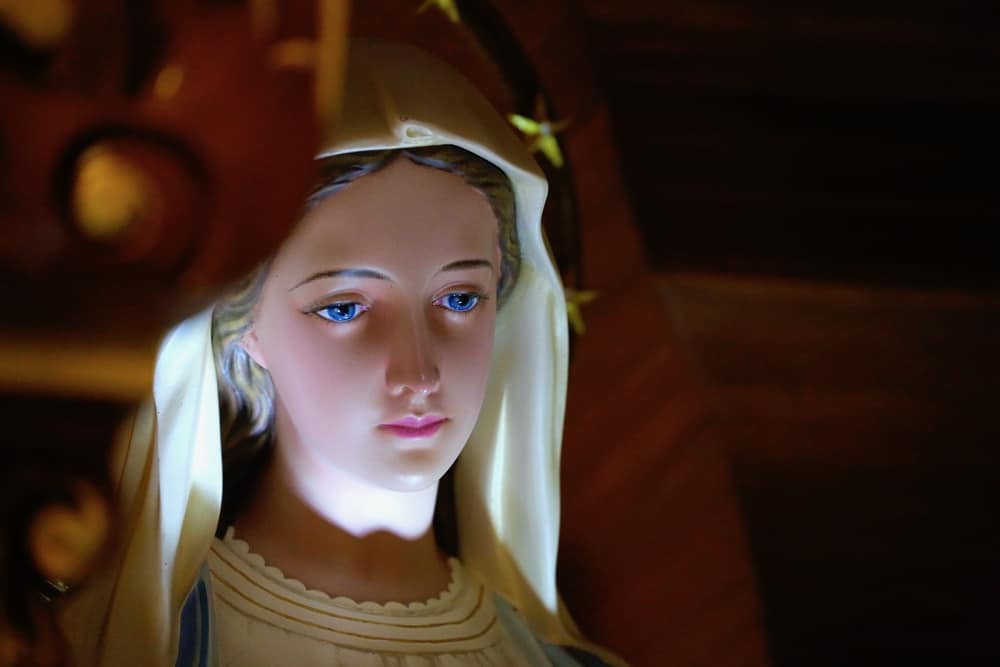
41. They are showing what historical figures looked like.
If you have ever looked at a photo of yourself and gasped that you don’t look like that, then you may have a bit of an idea of the headache that scientists get when they look at artistic representations of historical figures. Many probably looked nothing like their pictures suggest.
Consider Mary, the mother of Jesus, who is the subject of countless Medieval paintings. Those paintings tell us pretty much nothing about what Mary looked like; instead, they tell us what people in particular cultures and periods believed about her. But imagine computers being able to generate a more accurate image of what she, and numerous other people in history, actually looked like.

40. Jesus Christ is traditionally seen as a Caucasian with long hair, but CGI says differently.
Jesus lived from circa 4 B.C. until C. A.D. 30 or 33. Referring to Christian beliefs as the son of God, Jesus Christ, or Jesus of Nazareth, people know the story of how Jesus came to this world and how he left. They know that he is the reason God forgives their sins, but what people don’t know, or didn’t before the technology of CGI, is how Jesus looked. Typically portrayed by believers of the Christian faith as white males and given long flowing brown hair, CGI decided to show that Jesus seemed utterly different from common belief.

39. Jesus looked like a typical Middle-Eastern Jew.
Jesus came into this world through a manager in Israel. Because of this, many people started arguing that the Caucasian descriptions of Jesus were wrong. But, without an explanation of Jesus in the Bible, people continued to use regular portraits. Dr. Neave used CGI technology which is usually used in forensic anthropology and crimes to recreate the face of Jesus. He also followed the descriptions of many people from Jesus’ period discussed in the Bible. His team x-rayed three skulls from the Semite during that time.

38. Jesus’ facial features follow those of contemporary skulls.
The skulls that the team used to help reconstruct Jesus’ features helped develop his eyes, nose, and mouth. The image the CGI technology shows of Jesus has a much shorter beard than the typical beard. The truth about the beard is it didn’t show up in Jesus’ images until around 400 A.D. People started painting Jesus with a long beard to give him a better teaching look. The shorter hair comes from the Bible as Paul wrote, “If a man has long hair, it is a disgrace to him.” Jesus’ height is around 5 feet tall and weighed about 110 pounds.
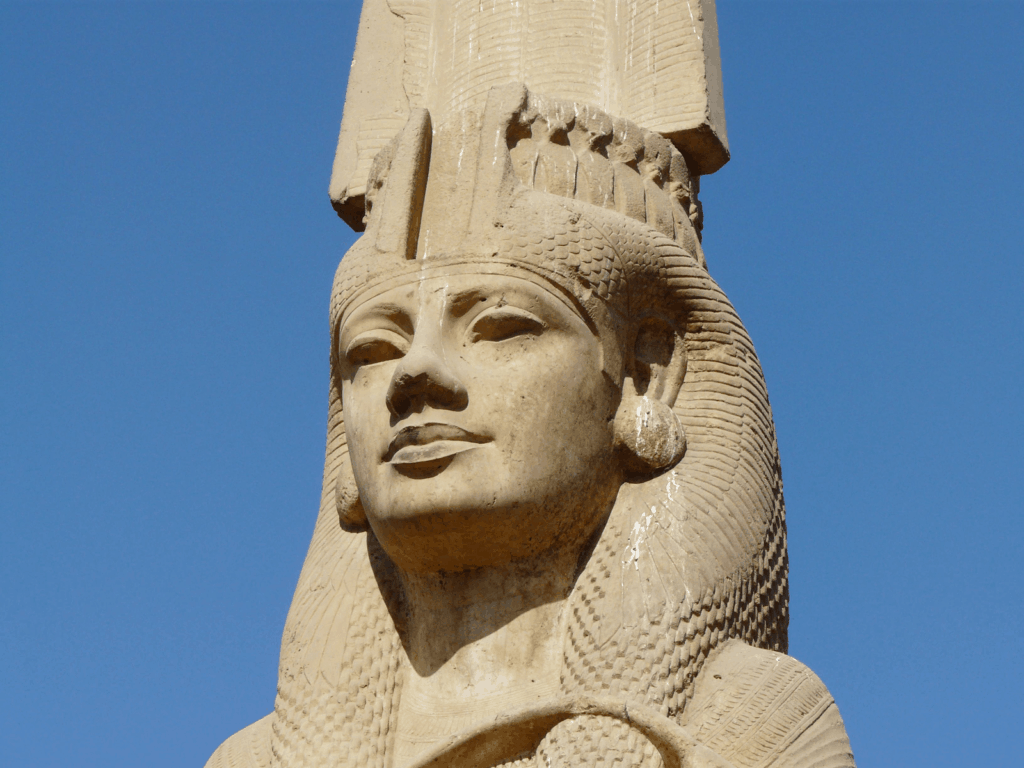
37. 3D and CGI technology brought Meritamun back to life after 2000 years.
Meritamun is best known because of her famous Ancient Egyptian father, Pharaoh Ramesses the Great. Once her mother, Nefertari, passed away, she became the Great Royal Wife to her father beside her half-sister. The great temple of Abu Simbel shows images of Meritamun along with many other temples. People remember her through the many statues that portray Meritamun, such as her statue at Queen at the Temple of Ramesses II at Akhmin. Many of these statues and scenes show the beauty of Meritamun and how people adored her.

36. During the reconstruction process of Meritamun, researchers received much information.
The skull of Meritamun showed the smallness of her jaw and the roundness of her eyes. They also noted that the roof of her mouth is narrow and a little over 5 feet tall. One of the first factors the researchers looked at is her period. Unfortunately, they struggled with this step and looked at the decaying of her teeth to help them. Because Meritamun had much decay, they believe that she lived after the arrival of sugar or honey. Through the skull, researchers also learned she lacked red blood cells and possibly sent her to an early grave.

35. Just as the statues and images show, CGI technology reveals Meritamun’s beauty, as well.
With Meritamun’s mummified skull, researchers and doctors came up with what she looked like in real life with the help of CGI technology. Museum curator, Dr. Ryan Jefferies, stated, “Her face is kept upright because it is more respectful that way.” During the process, Jefferies never allowed any bandages to come off the skull because she worried about decay. Fortunately, through a C.T. scan, Jefferies and her team learned that the skull remained in good shape. It took around 140 hours for the 3D printer to construct the fundamental part of her head for facial reconstruction.

34. We now know more about the ancient Egyptian king Tutankhamun.
Tutankhamun is the most well-known Egyptian Pharaoh in history. Possibly born in Amarna circa 1334 B.C., his mummy shows that he died around 18 years old. By his death, Tutankhamun ruled Egypt for ten years, becoming one of the youngest rulers in history. While Tutankhamun is one of the most studied pharaohs, historians still know very little about him. Other than his ruling, we know that he reversed nearly all of the new laws and beliefs that his father instituted. It’s also known that he had no children, and no one discovered his tomb until 1922.

33. Many people showed disappointment over the real King Tut.
Because people didn’t know what the real King Tut looked like, they imagined a handsome king that all women wanted. After all, someone buried with so much gold and jewelry showed promise of such beautiful praise. But, the technology shows a physically disabled man with unflattering looks. The facial reconstruction of Tutankhamun showed an overbite. When tech showed the complete figure of King Tut, it revealed his club foot and woman-like hips. Researchers state that Tut could barely walk because of Kohler disease and his club foot, so he had a walking stick with him.

32. Robert the Bruce was Scotland’s most famous king.
Robert the Bruce became one of the greatest King of Scots. He led one of the most critical battles in Scottish and English history. The king killed his enemy in a church, which caused him ex-communication. The story goes that the English king searched for Robert, who went to hide in the highlands. Unfortunately, the English captured his family and killed them after humiliating them publicly. During his grief, he noticed a spider who inspired him to seek revenge against the English king.
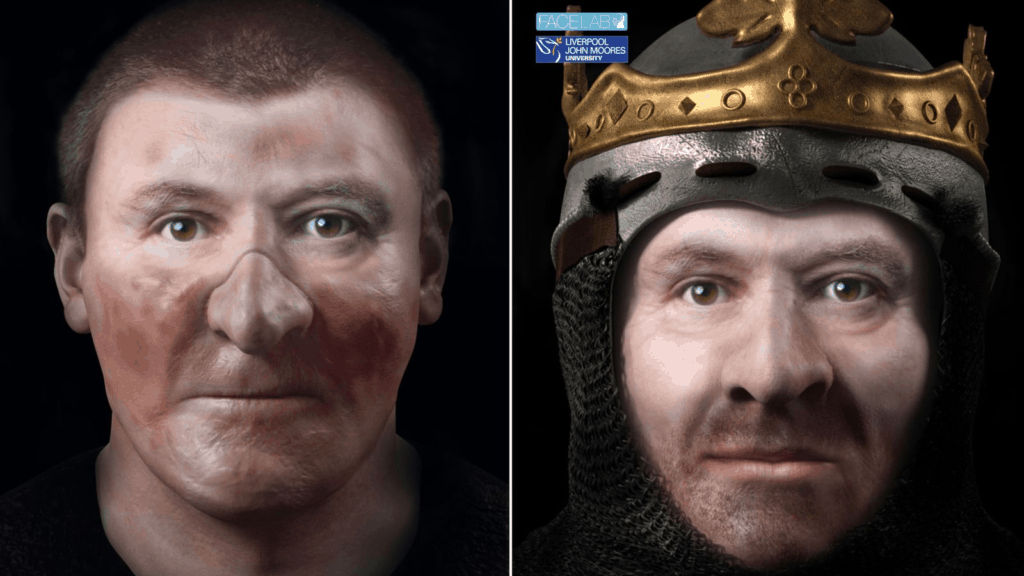
31. CGI images show Robert the Bruce both with and without leprosy.
While Robert Bruce’s hair and eye color are a mystery, a researcher’s best guess is brown, they know other features. During the 19th century, excavators found a skull around Robert’s burial site. It’s this skull researchers used to reconstruct the face. By his strong and muscular facial features, people believe his frame is the same. Because the skull showed an unidentified ailment (possibility of leprosy), they constructed a face with and without leprosy. Professor Caroline Wilkinson stated, “Using the skull cast, we…establish the muscle formation from the positions of the skull bones to determine the shape…of the face.”
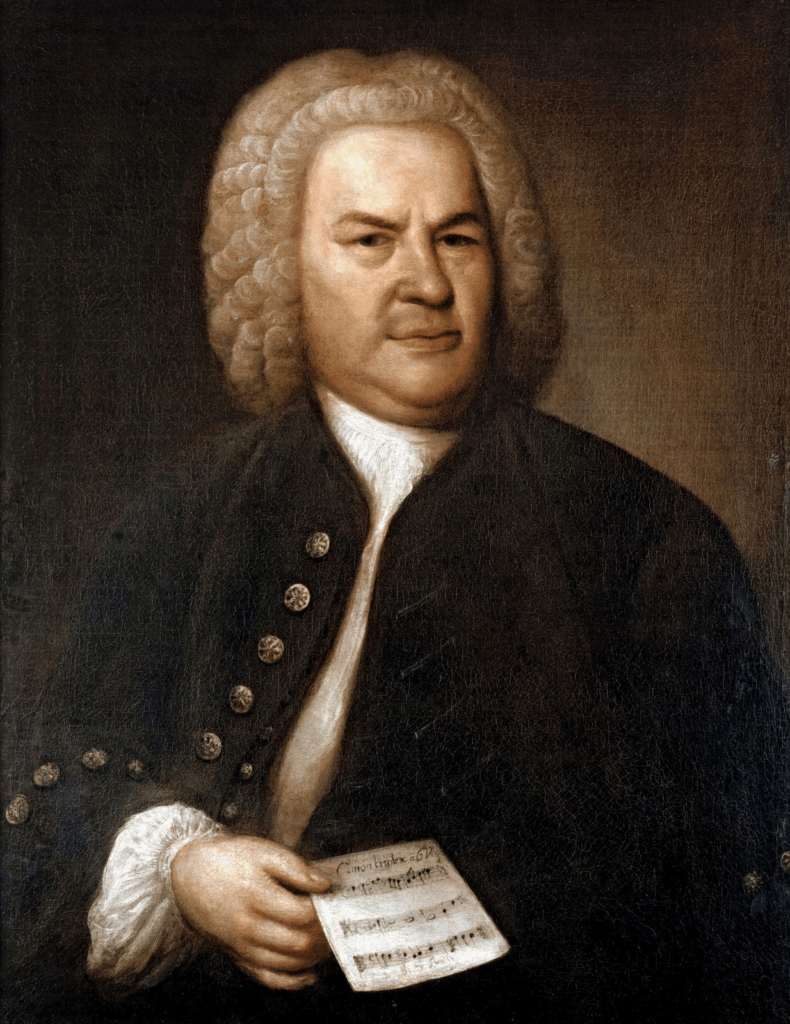
30. Johann Sebastian Bach has come back to life, thanks to CGI.
Best known as a German composer, Johann Sebastian Bach created many instrumental compositions. Some of his most well-known pieces are Ave Maria, Goldberg Variations, The Well-Tempered Clavier, and St. John Passion. Born in 1685, Bach became an orphan at the age of 10 and lived with his oldest brother for about five years. By the time Bach came into this world, his family already has many composers, but no one became as famous as Bach. People still regard Bach as one of history’s great composers.
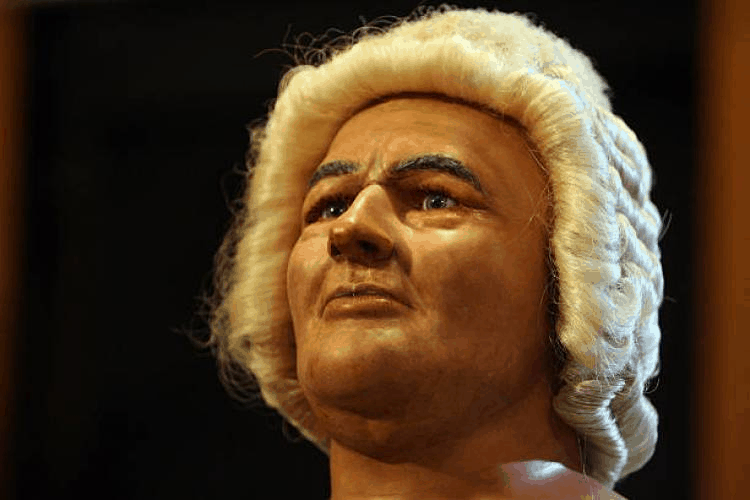
29. Bach sort of matches his oil portrait.
From this list, you might notice that many oil painters didn’t always show their subjects in the best light. If you look at oil paintings that focus on Bach, they give you the belief that he was an angry man. By looking at his facial reconstruction, you get a different view. A Scottish anthropologist helped reconstruct Bach’s face and even gave people a video to view so they can awe at her artistic skill. While there are similarities between Bach’s oil painting and his reconstruction, one difference is that the rebuilding shows Bach as a gentle soul.
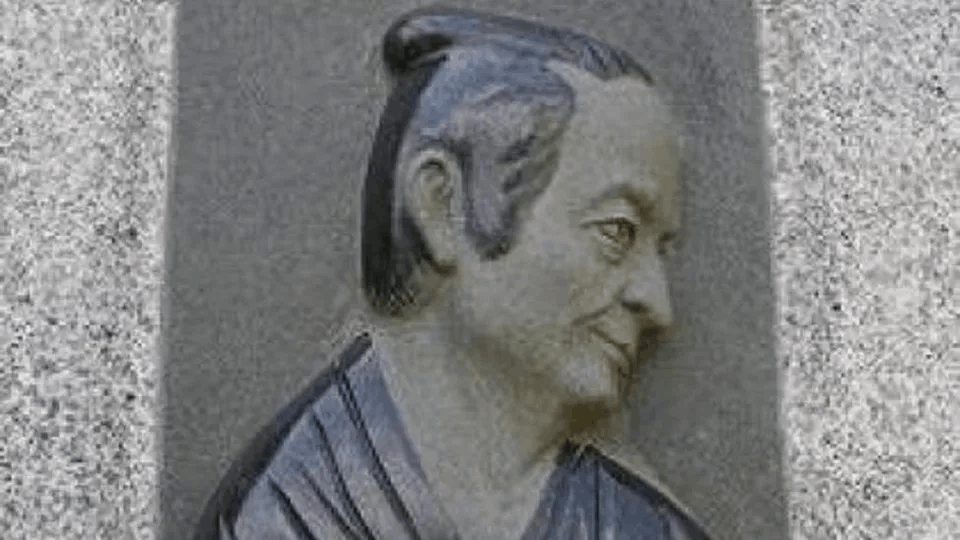
28. Giovanni Battista Sidotti was an eighteenth-century missionary-turned-samurai warrior.
Born in 1668, Giovanni Battista Sidotti became a priest and missionary. Sidotti became a leader who didn’t always believe in following the rules. In the early 1700s, Sidotti decided he wanted to board a ship to Japan. At this time, Japan closed itself off from every other country. They didn’t allow outsiders in and didn’t want people leaving. It took a while, but Sidotti managed to find a ship to take him in 1708. As soon as he entered Japan, he disguised himself as a samurai, but he couldn’t fool Japanese officials. They captured Sidotti and held him until he died in 1714.
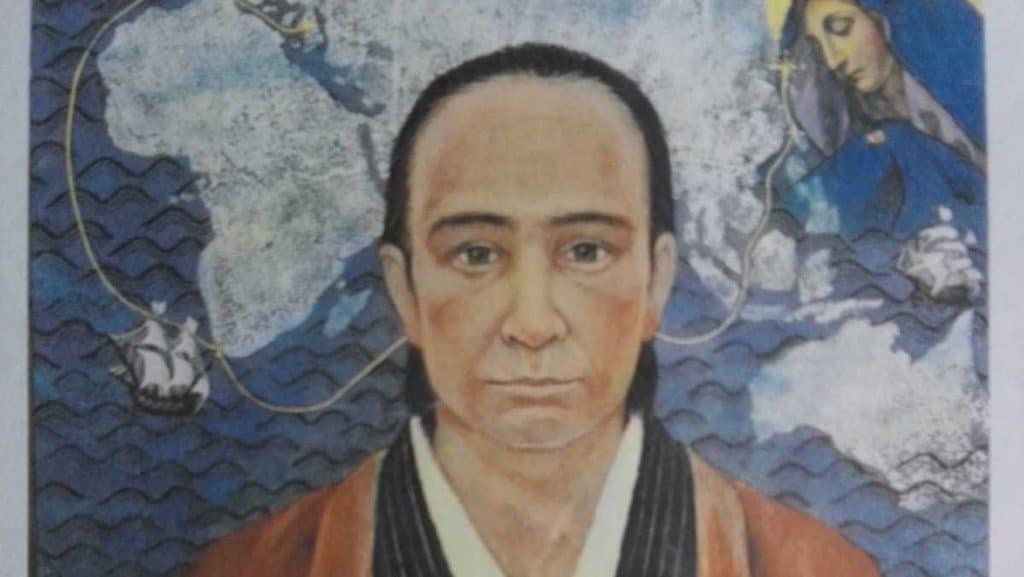
27. The real Giovanni Battista Sidotti looks a bit more handsome.
Forensic anthropologists didn’t have a hard time reconstructing Giovanni Battista Sidotti because his remains are a bit fresher than other remains. However, the reconstruction of Sidotti only happened because archaeologists discovered his remains in 2014. The archaeologists sent the remains to Tokyo’s National Museum of Nature and Science, who worked on the reconstruction. While they had to reassemble Sidotti’s skull and found that Sidotti looks a bit different compared to his paintings and statues. While their hair color is the same, Sidotti’s nose is a bit smaller, and he could pass as your next-door neighbor.
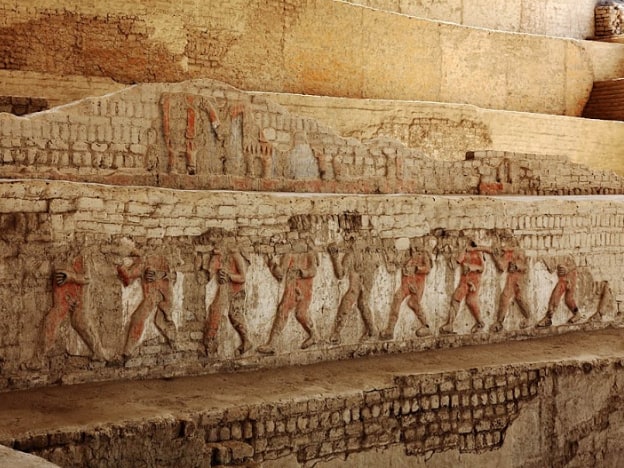
26. Lady of Cao possibly became a Peruvian ruler or high priestess in 400 CE.
When a team of Peruvian archaeologists discovered a female Moche mummy in El Brujo, about 28 miles (45 km) north of Trujillo in Peru, they named her the Lady of Cao. They found Cao wrapped in several layers of cloth and with many ceremonial items. The archaeologists also found the remains of other individuals and believe these remains were a sacrifice. Through an autopsy, researchers learned that the Lady of Cao died in her 20s and possibly from pregnancy complications or childbirth. They estimated Cao’s death around 450 C.E. and believe she held the rank of a high priestess or ruler.
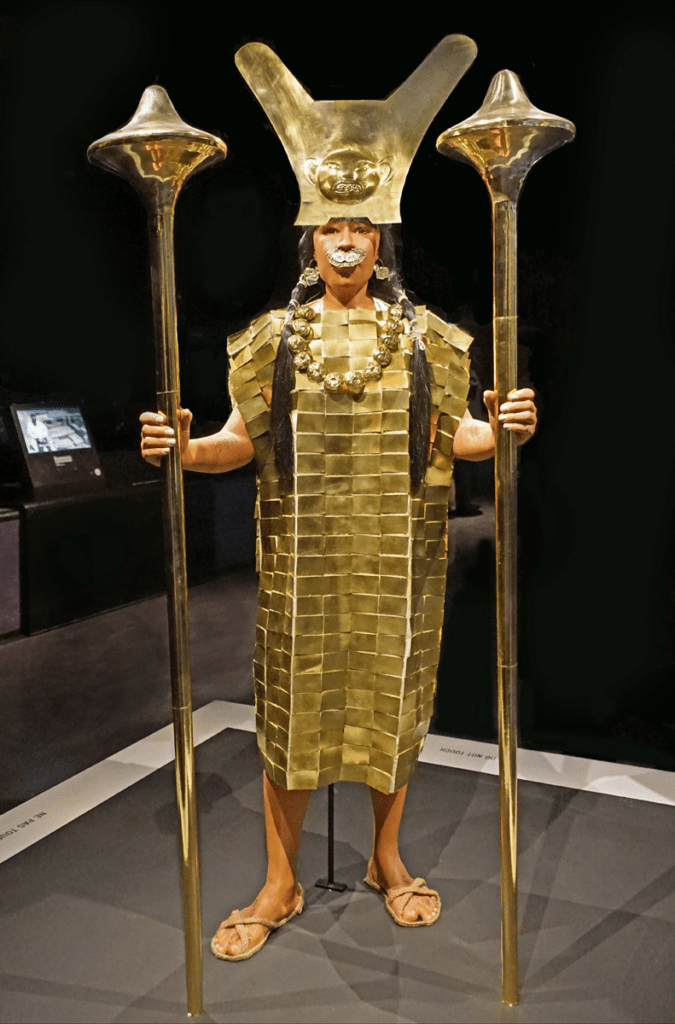
25. Lady of Cao was reconstructed with CGI.
It took nearly a year to work on rebuilding the “tattooed lady,” professionally known as Lady of Cao. She received the nickname the “tattooed lady” because she showed tattoos on her mummified remains. Employees from Peru’s Ministry of Culture and forensic archaeologists used 3D imaging and Cao’s skull structure to recreate the image. After they completed the facial features, they continued their research to construct the whole body. Researchers are further using the Lady of Cao to learn more about her culture and Moche ceremonies.

24. Egypt’s Queen Nefertiti has undergone a transformation, before and after CGI.
Best known as the wife of the Egyptian Pharaoh, Akhenaten, the couple made history with many of their decisions during the 18th dynasty. One of the most significant changes the couple made in Egypt is the decision to worship one god, the sun disc, also known as Aten. They also ruled Egypt during one of the country’s wealthiest times in history. Many people feel that Nefertiti ruled Egypt for some time, before King Tut, after her husband’s death. Nefertiti’s many titles were Lady of Grace, Great of Praises, and Lady of all Women.
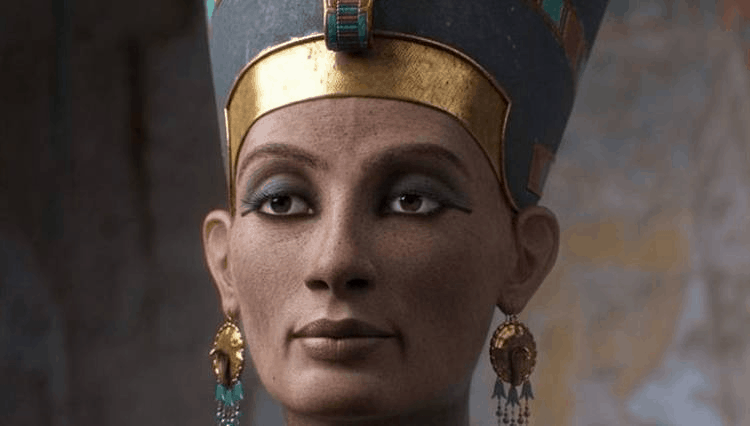
23. CGI confirms that the Egyptian queen was remarkably beautiful.
By reading Nefertiti’s history and how much Egyptians loved her, people believe she was one of the most beautiful rulers in Egypt’s history. The bust statues and paintings of Nefertiti confirmed this belief. The 3D imaging completed of Nefertiti’s face further confirmed that she was rather beautiful. The biggest problem that happened after Nefertiti’s CGI reconstruction is the constant debate about her skin color. Many people feel that scientists and researchers whitewashed her. However, the people who worked on the imaging stated that after over 500 hours, they followed the skin tone the best they could.
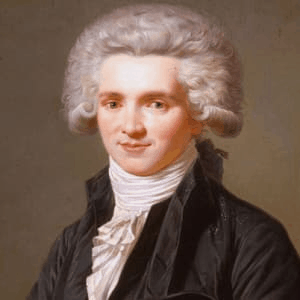
22. Maximilien de Robespierre received the star treatment with his oil paintings.
A French Statesman and lawyer, Maximilien de Robespierre, holds a place in history as one of the most significant influences from the French Revolution. He spent his time campaigning for manhood suffrage, abolishing slavery, and abolishing celibacy for the clergy. Because of all his social work, Robespierre became known as the voice for the voiceless, and someone’s people began to admire his outspoken nature. During the Reign of Terror, he oversaw the arrest and execution of many politicians and other people who opposed the French Revolution.
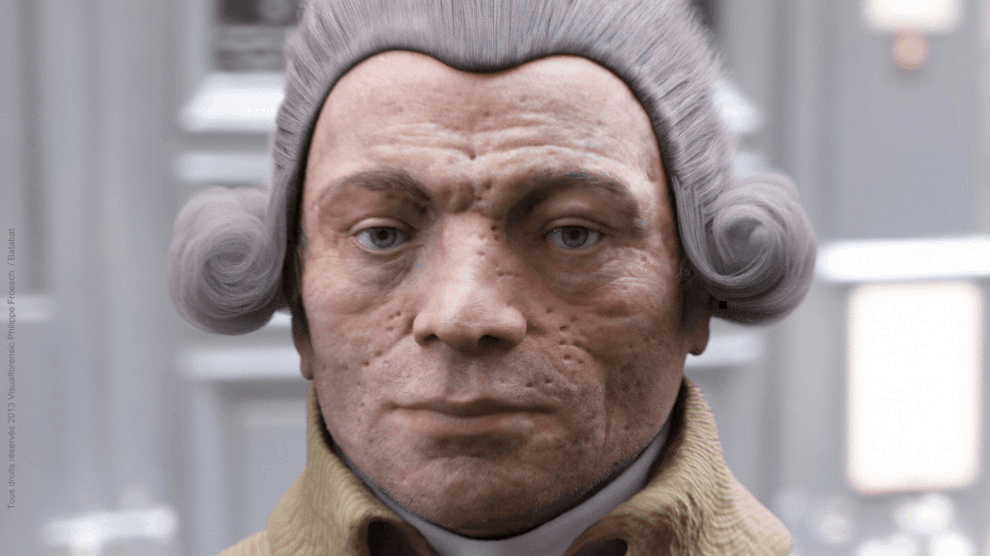
21. But Maximilien de Robespierre was less attractive than his portraits suggest.
Many people look at the CGI reconstruction of Maximilien de Robespierre and see someone who is not flawless – at least on the outside. Other people tried to restore Robespierre, but they didn’t make him look like the CGI version, which is the most accurate. No matter what you think about the CGI reconstruction compared to the oil paintings, one factor for sure is that Robespierre is still an influential historical figure. If you don’t think he was handsome on the outside, you can even agree that he was a kind and gentle human being on the inside.
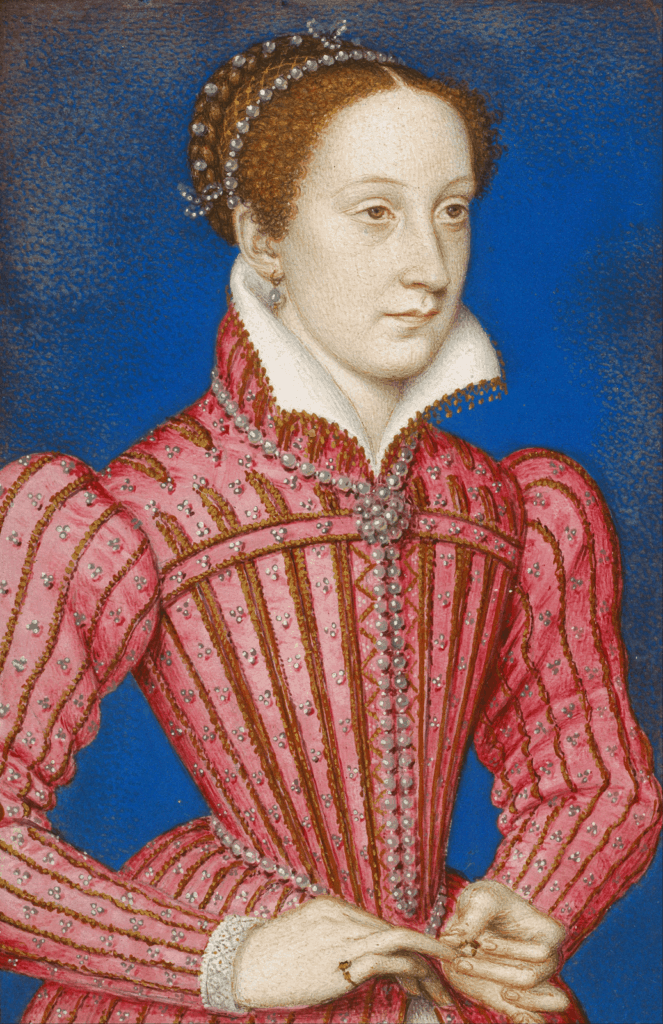
20. Mary Queen Of Scots was a famous Medieval ruler.
Born in 1542, Mary Queen of Scots is also known as Queen Mary I. She ruled Scotland from 1542, just a few days after her birth and her father’s death. That means that regents carried out her reign during the first several years. In 1567, Scottish Nobles forced the Queen to abdicate, and she sought the protection of Queen Elizabeth I. Unfortunately, Mary couldn’t escape, and authorities soon imprisoned her. Blaming her cousin, Mary tried to have Queen Elizabeth assassinated, but people learned of this plan and later executed Mary.
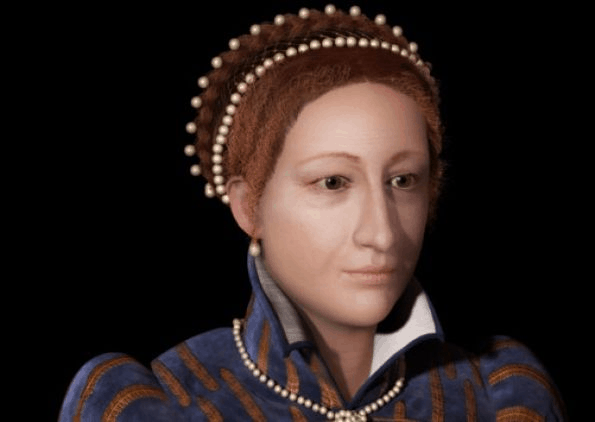
19. The real Mary Queen of Scots was quite lovely.
One of the most surprising factors about CGI technology is that it makes someone look incredibly human. Researchers at the University of Dundee decided to look at what Mary Queen of Scots would look like as an adult. Other than the most up-to-date technology and 3D imaging, they used craniofacial templates. Of course, they also took little clues from the history of Scotland and Mary’s portraits. Take a moment to think about how realistic Mary looks and that she is someone you could meet on the street and not think twice. The technology we have today is stunning!
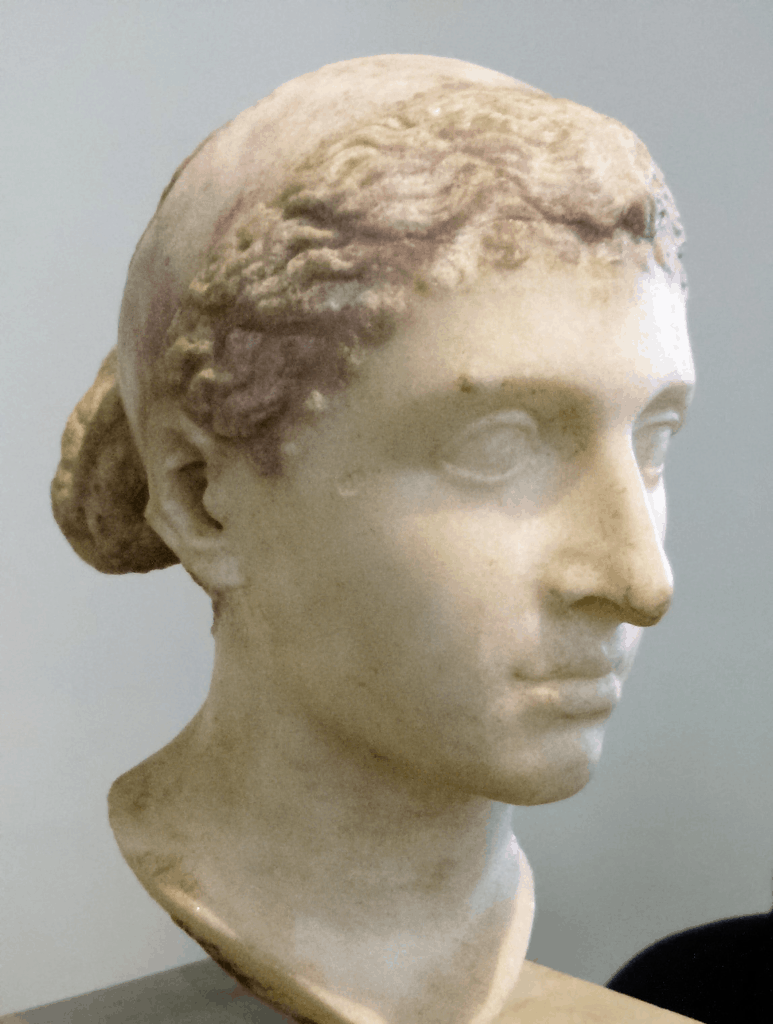
18. Cleopatra’s likeness has also been recreated with CGI, and the results are not what you might expect.
Well, you probably don’t see a statue of Cleopatra when you think of her. You possibly imagine Elizabeth Taylor’s portrayal of Cleopatra in the movie Cleopatra. However, the film was made for Hollywood and did not accurately portray the real Cleopatra’s looks, basically because people had next to nothing to go on for the film. Other than being known as a love interest of Julius Caesar and a spouse to Mark Antony, she helped build the Egyptian economy by establishing trade. She also became a pop culture icon over the last few decades.
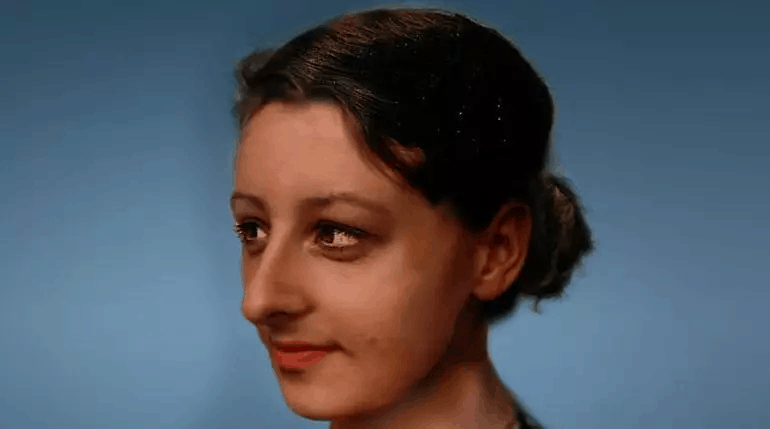
17. Cleopatra was a bit homely and plain compared to her built-up legacy.
Sorry, Elizabeth Taylor, but your portrayal, while showcasing her beauty, is not truly what Cleopatra looked like. According to CGI technology, Cleopatra showed beauty but also had the girl next door image. The most significant difference one can see between her paintings and sculptures is that CGI believes her nose is a bit bigger. However, her lips and some of her other features are similar. As we can see natural beauty in Cleopatra, she believed she possessed more than beauty. She thought she was the reincarnation of the Egyptian goddess Isis.
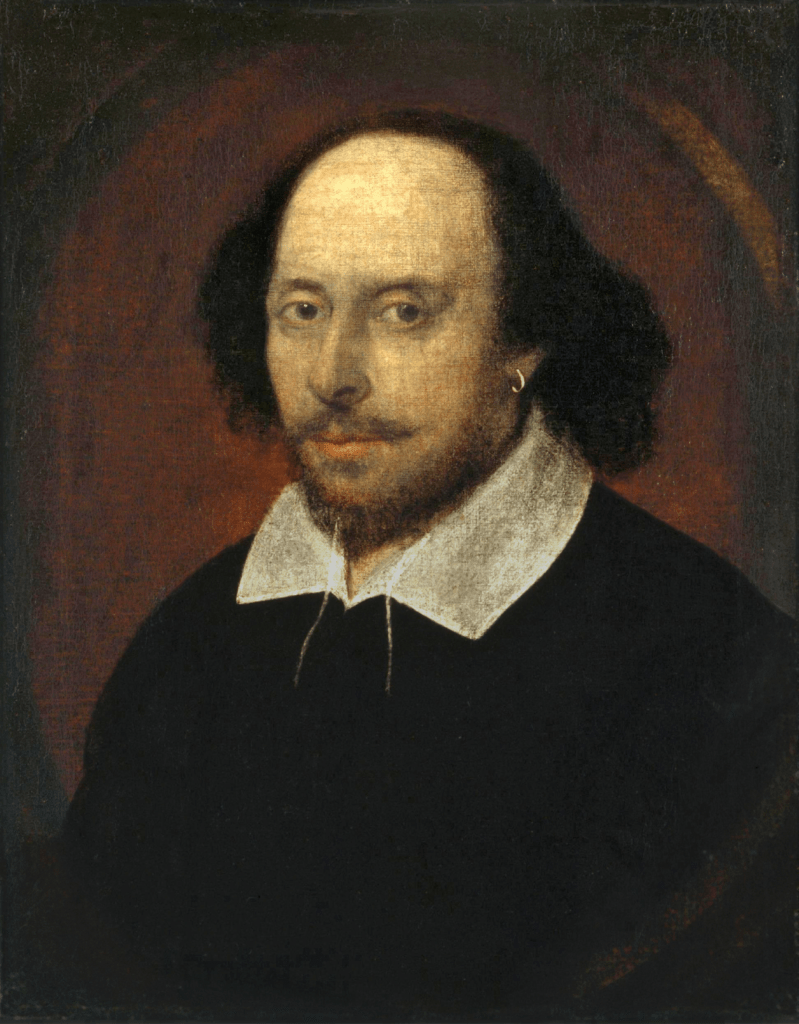
16. William Shakespeare was one of the best, and most-quoted, writers in history.
It’s not easy writing about William Shakespeare because people tend to know so much about him. In fact, he is one of the most studied writers in schools. You probably remember reading at least one of his plays or watching a movie that portrayed him. But, here are some facts that you might not know. Throughout his career, Shakespeare invented over 1,700 words. He wrote over 150 sonnets and at least 37 plays, such as Hamlet, Macbeth, Julius Caesar, and Romeo and Juliet. He passed away in 1616, the same year as his wife, Anne Hathaway.
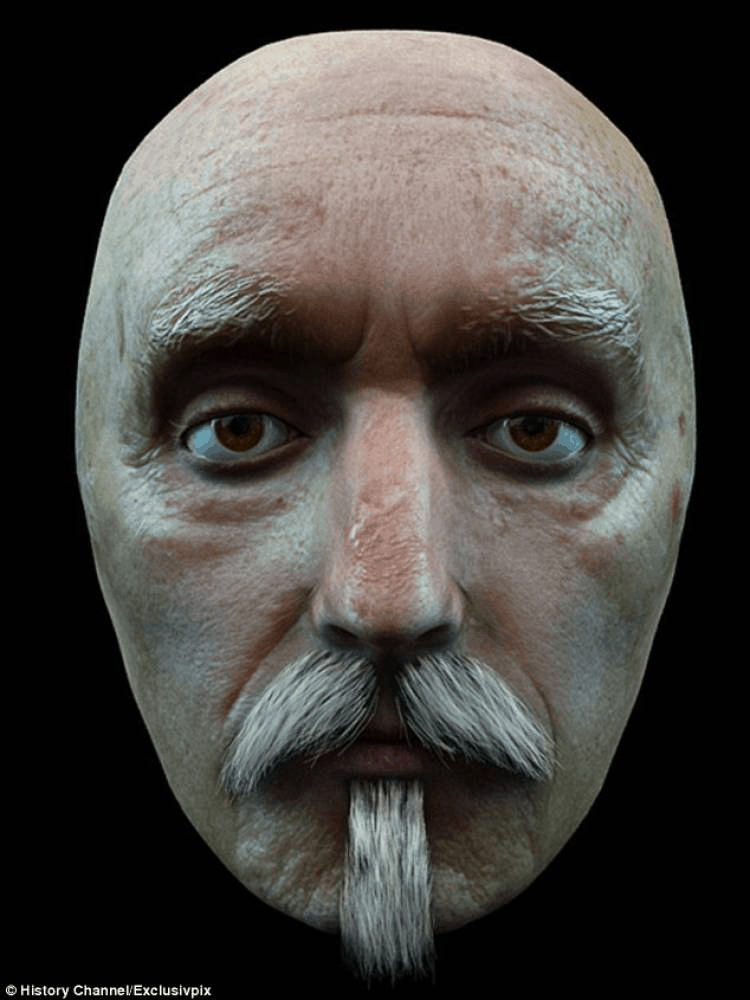
15. Will the real William Shakespeare please stand up?
So, you might wonder what exactly happened to William Shakespeare because he looks nearly nothing like his oil paintings. Other than this is a slightly older version of Shakespeare, at least compared to some of his artwork; the truth is that painters could make adjustments. Most people see Shakespeare as a man with a receding hairline but shoulder-length brown wavy hair. Sometimes he has a beard, and other times, he has a mustache. He’s rarely been painted or drawn with no hair or graying hair. Then again, we can’t tell what type of hair he had.
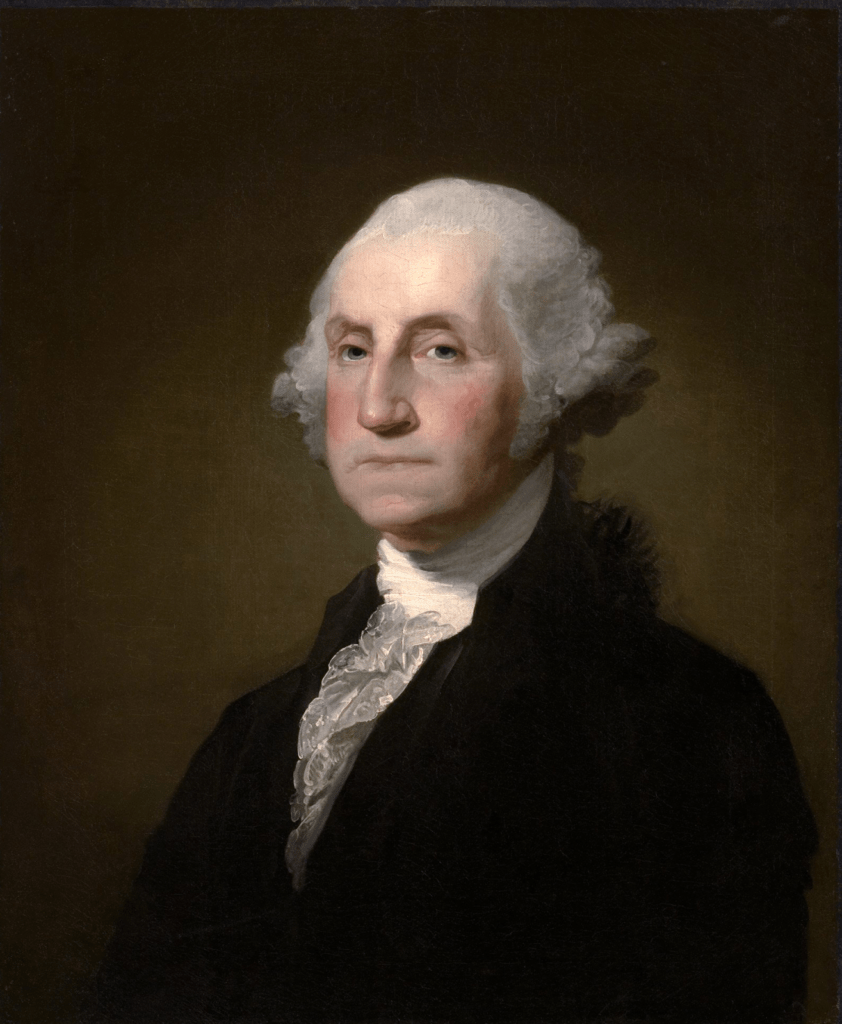
14. George Washington was the first president of the United States.
There are many reasons people know who George Washington is. He is one of the most studied United States presidents in schools. It seems that people can’t get enough of Washington. This man became one of the most active military leaders of his time and demanded perfection of himself. Known as a Founding Father, Washington became the first President of the United States under the constitution. He lived the life of one of the greatest men in American history and had his share of troubles. For instance, many people disliked most of the decisions Washington made as president.
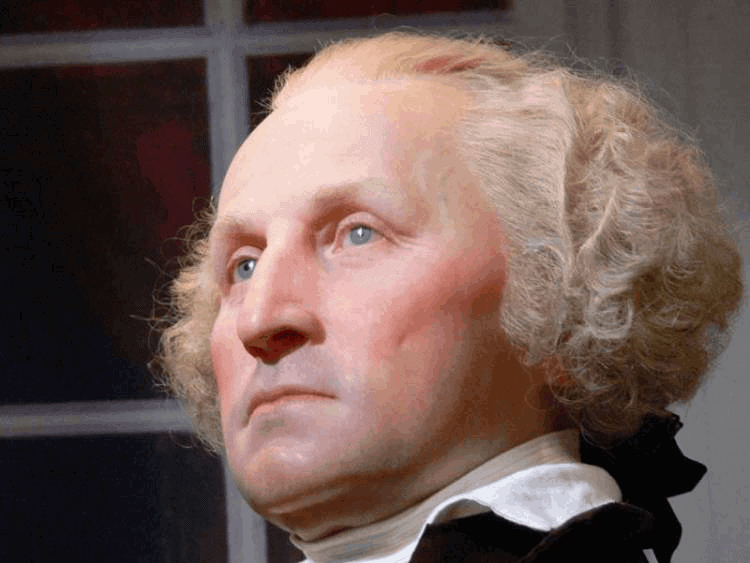
13. He was also one of the first historical figures to have his likeness recreated through CGI.
George Washington held many firsts, and with his incredible historical presence, it’s no wonder researchers quickly looked to create his face out of CGI technology. It doesn’t seem that Washington impresses people as much as other historical figures on this list, but the reconstruction process is impressive. Unlike most CGI reconstructions, the researchers didn’t have a corpse, so they used a black and white photograph of Washington. Other than looking slightly different from his portraits, Washington seems incredibly realistic. If you look at the picture long enough, you can imagine him moving like anyone else.
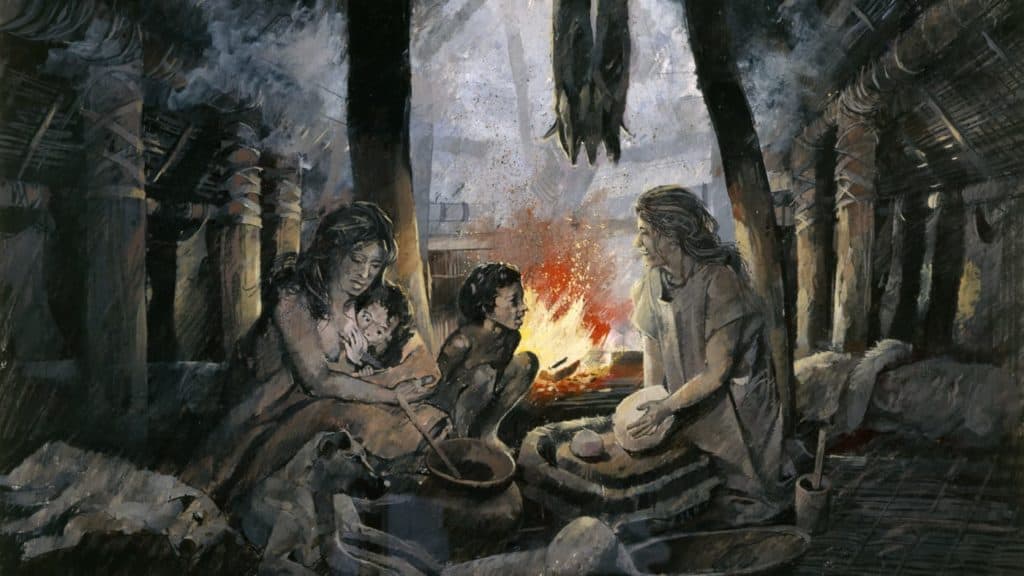
12. Ava was an unknown person who lived during the Bronze Age.
Ava, also known as Achavanich, died about 3,700 years ago. While no one knows exactly who she is, researchers decided to call her Ava, and people made her famous because she is one of the oldest corpses. Researchers use Ava as a key to helping them understand the Bronze Age, as so much of the corpse is well preserved. It’s a miracle that her bones remained in stable condition for thousands of years. For the scientists who decided to create a CGI image of Ava, her corpse became incredibly important.

11. She actually looks like a typical Western woman.
When you look at the CGI image of Ava, you might think she looks like someone you know. That became a shocking realization to many people, including some of the researchers. Some people feel that a woman who is nearly 4,000 years old would look a little different. Other than her hair and eye color, all CGI imagery has shown similar facial features. Archaeologists Maya Hoole and her team focused on creating Ava’s image using several of her bones, including her skull and teeth. One factor to note is that Ava has a rounder and shorter face, which is evident with her head.
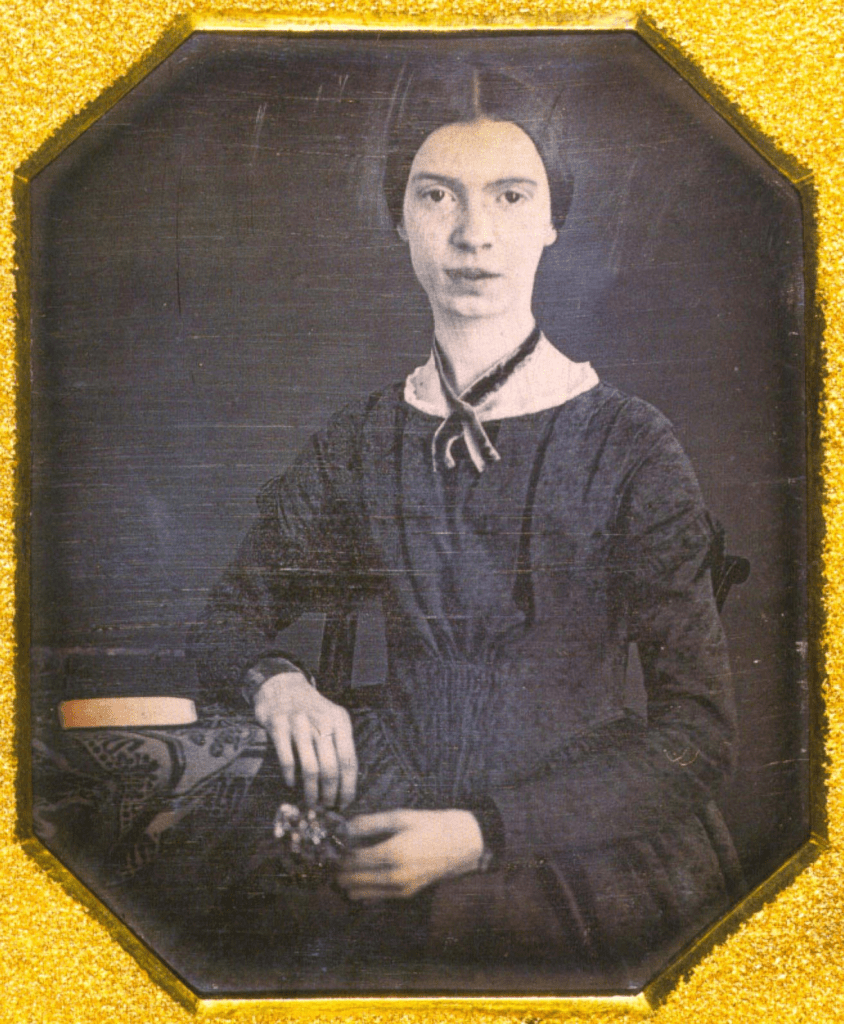
10. Emily Dickinson is one of the most famous poets in history.
Emily Dickinson is probably one of the greatest female poets of all time – or at least from the United States. She was born in Massachusetts in 1830. Dickinson always showed people that she was different from other women her age. She attended a girls-only school for a year, and while she impacted people with her poetry, she remained isolated from the other students. By 1860 she tried to completely cut herself off from the rest of the world and focus on her writing. The world never appreciated Dickinson until the 1890s when they started reading her poetry.
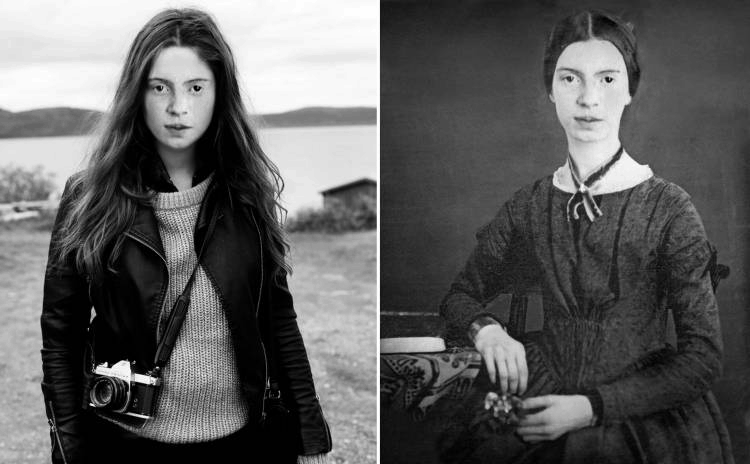
9. CGI added a few personalities touches to make her look a bit like a camera-wielding hipster.
When researchers created the CGI imagery of Emily Dickinson, they decided to give her a unique look. While she doesn’t seem to fit into our social media society, especially with her love of isolation, she does give off a quiet, creative, calm, and romantic look. Apparently, CGI researchers felt through her pictures and writing that Dickinson would make a great hipster, so they constructed her image by giving her a camera, long messy hair, and warm clothing. Decide if this look suits Dickinson by reading some of her poetry.
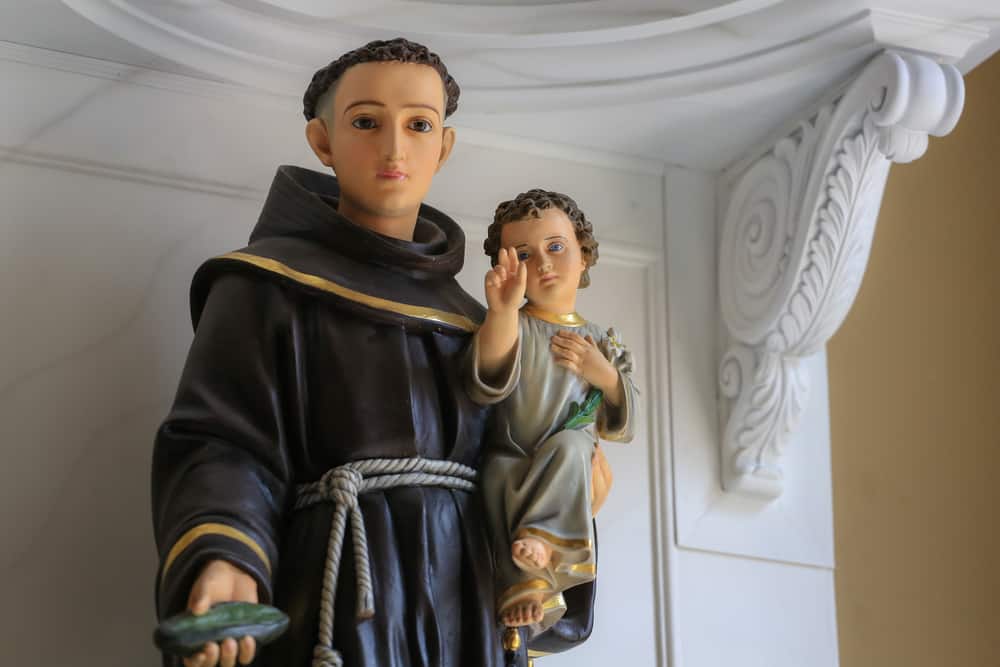
8. Anthony of Padua is one of the most well-known saints of the Catholic church.
Saint Anthony was a priest in the Franciscan order during the thirteenth century. He had ambitions of traveling from his native Italy to the North African country of Morocco so that he could preach the gospel to Muslims and, with a bit of luck, be martyred in the process. He never completed the journey to Morocco, but he spent a good many years teaching theology in Bologna. After his death, he became beatified (made into a saint) because of his reputation for performing miracles. Particularly among Italian Catholics, he is one of the most revered and famous saints.
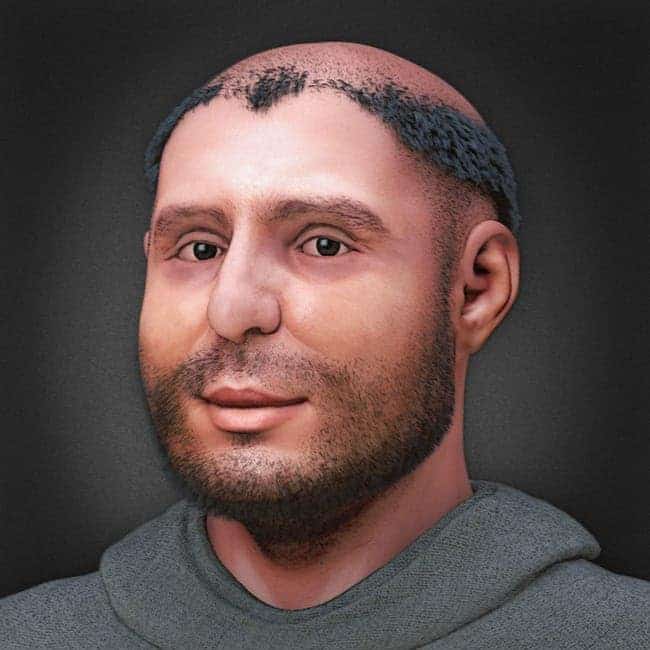
7. CGI technology is revealing what he may have looked like.
Monks have mostly been poor, and Franciscans, in particular, took vows of poverty upon entering the order. Despite Anthony’s fame even during his own lifetime, we have no idea what he looked like, as he probably did not have the money for his portrait to be painted. However, that scenario is changing now, and the Catholic faithful who revere Anthony is finding the opportunity to see what their beloved saint may have looked like. Tedious facial reconstructions give us a picture of what his (very much human) appearance actually was.
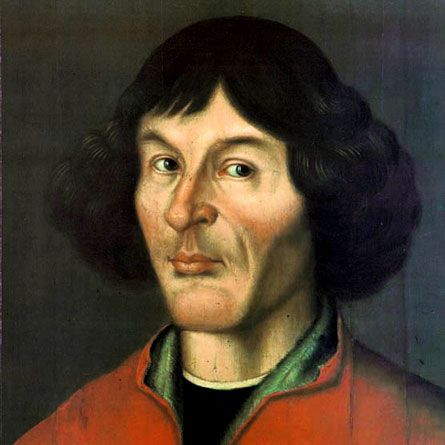
6. Nicolaus Copernicus revolutionized Medieval science.
In the Middle Ages, the most widely held theories about the universe were geocentric, meaning that the earth was the center of everything. The sun, stars, and all other celestial bodies revolved around it. Copernicus ushered in a scientific revolution when he demonstrated that the solar system is heliocentric, meaning that the sun is at the center rather than the earth. His discoveries were so significant that they helped paved the way for Galileo’s theories, which came a few years later.
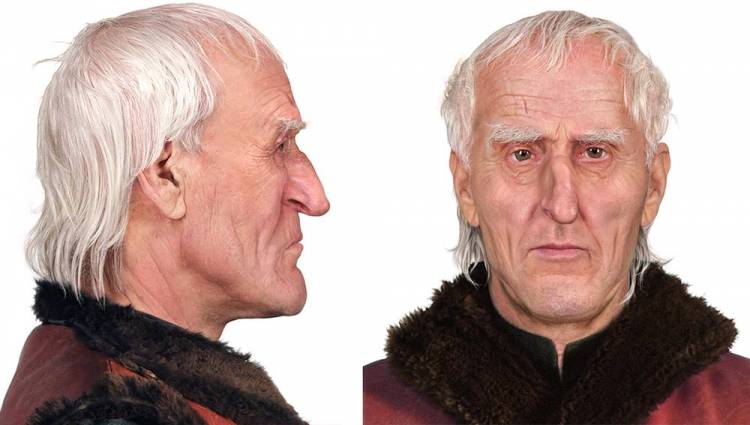
5. We now have CGI images to compare to his oil portrait.
Copernicus was wealthy enough during his lifetime to have an artist paint an oil portrait of him. While oil portraits are not necessarily inaccurate, they emphasize a person’s best features and play down those that are less appealing. Come on; if you were paying tens of thousands of dollars to paint a picture of you, you would want that person to leave out your double chin. CGI images have reconstructed Copernicus’ likeness and produced a shot not far off from his oil portrait. His features were probably less severe than his picture suggests.
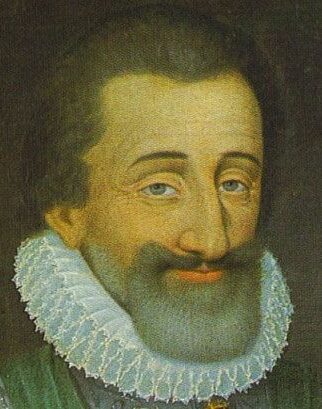
4. Good King Henry was the first French monarch from the House of Bourbon.
Less alcoholic than the name suggests (or perhaps more, who can say for sure), King Henry IV, better known as Good King Henry, ruled over France from 1589 to 1610. He lived during a time of immense turmoil over religion (especially Protestants versus Catholics) and geography. Good King Henry professed to be a Protestant in a time and place when most of his people were Catholic. He survived 12 assassination attempts but ultimately was killed by a radical Catholic. His legacy lived on in the French national anthem that was played until the end of the monarchy, as well as in Henriade by Voltaire.
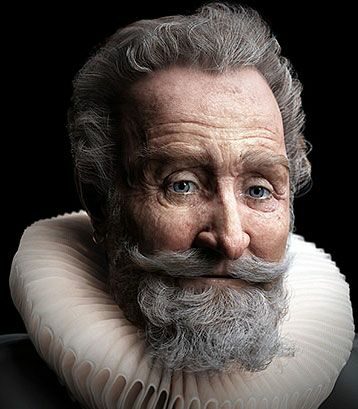
3. CGI images show us what Good King Henry probably really looked like.
Like so many other wealthy people from the late Middle Ages and early Renaissance period, Henry IV had artists create oil portraits of him. While his images show him as super masculine (except for the tights and high heels, but those were the height of men’s fashion in his day), CGI imagery suggests a much more human-looking face. Henry IV probably looked a lot like the guy next door, or maybe a kindly gentleman living in a retirement community. His face may have been much kinder and gentler than his oil portraits suggest, but he was a king and needed to promote a view of himself that would lend both confidence and fear to his reputation.
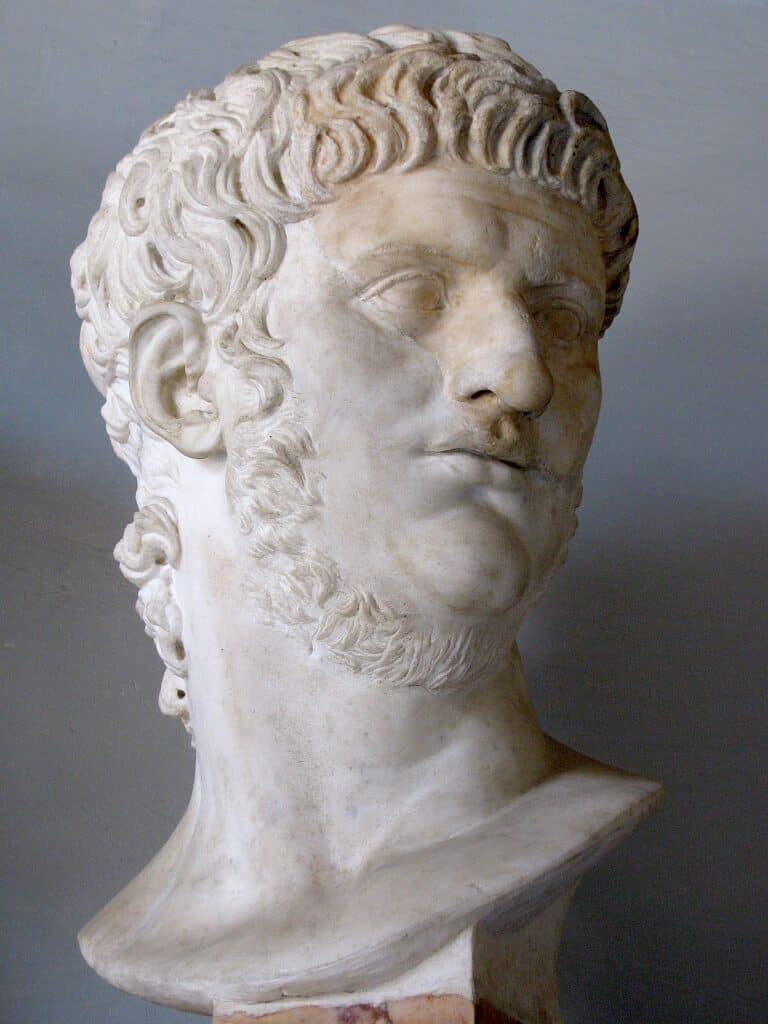
2. Nero was one of the most-feared Roman emperors.
Nero’s name alone is associated with the torture and persecution of many of his own countrymen, particularly the Christians. The story goes that he set the city of Rome on fire to rebuild it in even more grandeur than before (which is why Nero fiddled while Rome burned). He had to find a scapegoat for the fire, so he blamed the new religious group emerging from Palestine: the Christians. Thus began horrifying persecution in which he would feed Christians to lions for entertainment and turn them into human torches for his own ceremonies.
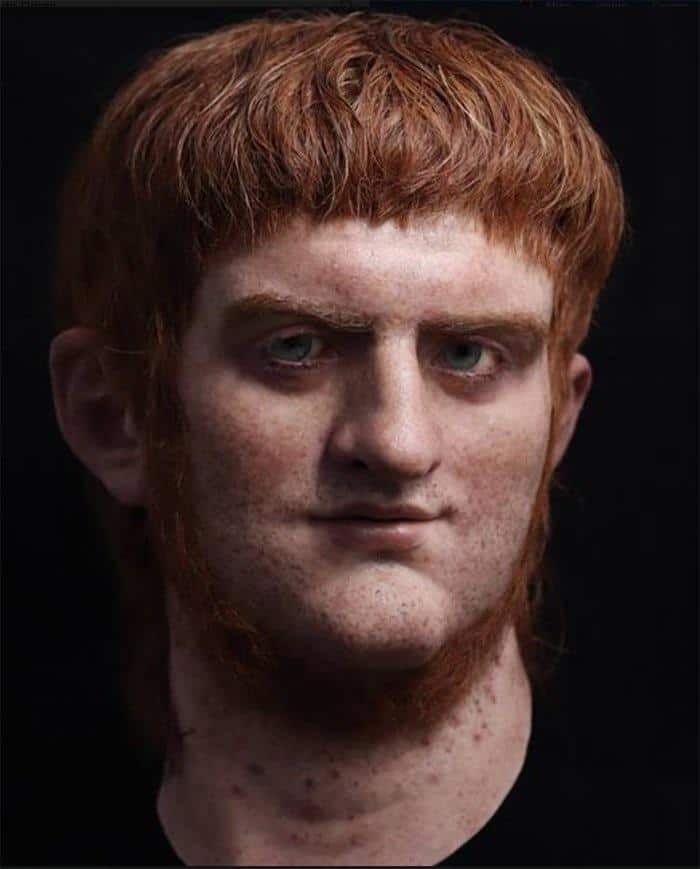
1. CGI technology reveals that this feared and loathed emperor was very much a human man.
While the Christians suffering persecution under Nero may have believed that he was the devil incarnate, we know that he was indeed mortal from looking at his image. CGI has given us this opportunity to break into the past and reveal that the most larger-than-life figures in human history were very much like the rest of us. Indeed, given different circumstances, they could have been us, and we could have been them. Despite Cleopatra’s stories, she was much less beautiful than claimed, while unknown cave people were strikingly lovely. Kings with leprosy have had their noses taken off so we can see what they looked like, and deformed pharaohs have had their real features revealed.

